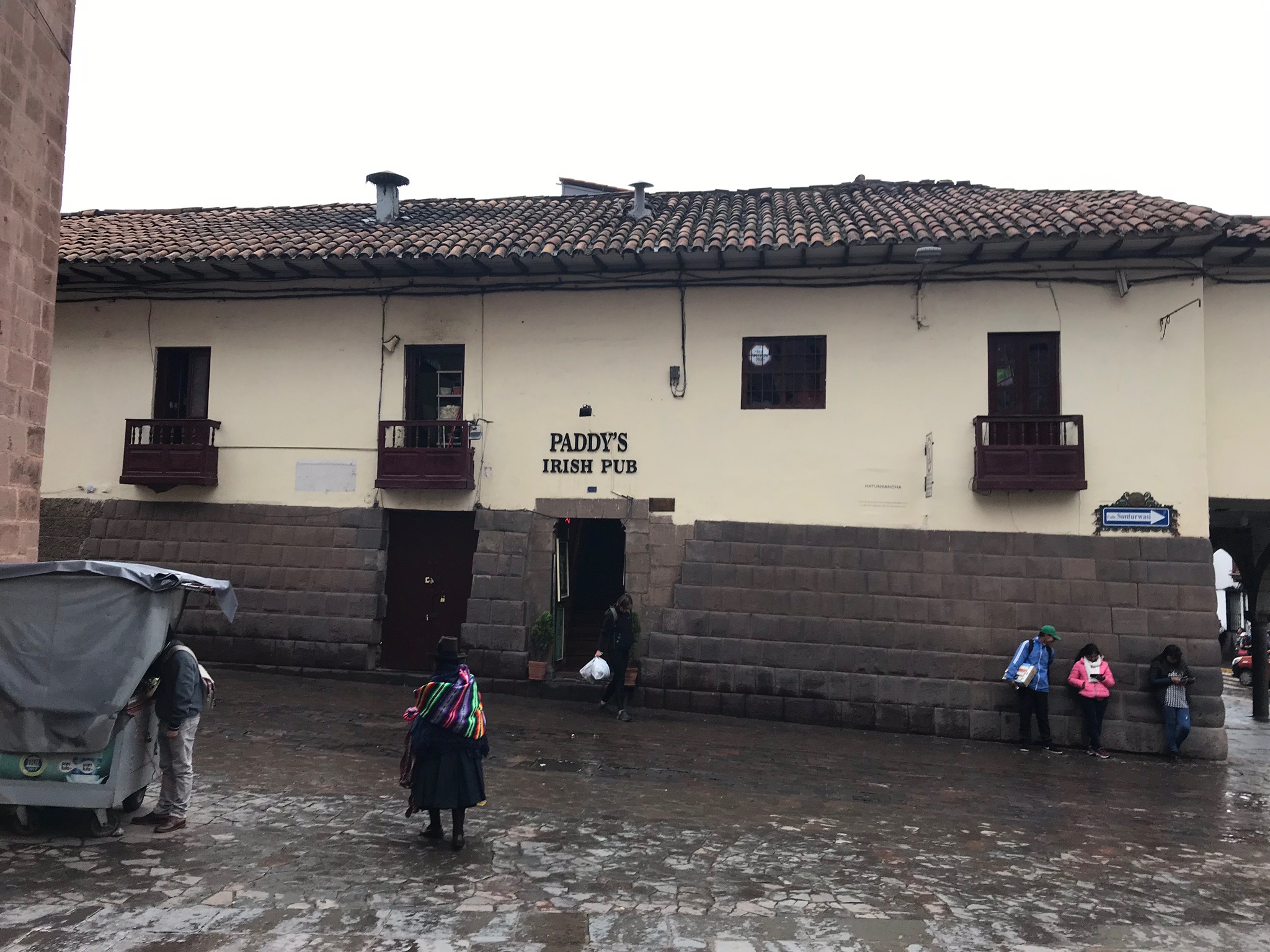After the new year I joined my fellow peers in travelling to Peru as part of the course on the Politics of Race and Ethnicity in Latin America. The class focused on a few South American countries, including Peru, and explored the effect that Spanish colonization and Catholicism has on today’s social structure and politics. Professor Vamvakas believed that travelling to Peru, and examining the fragile social structures first hand would be the most effective wayto fully grasp the scope of the situation. He was right. Traveling to Peru has reshaped my view of Latin America and the source of its social challenges. Like the United States, they are still battling their own racist tendencies.
Peru is a diverse, beautiful, and vibrant country with delicious food, gorgeous views, and a history that is unlike any other. Before the arrival of the Spanish, the illustrious Inca Empire dominated the Andes and Coast. The Incas were an advanced civilization with a complex cosmology and precise linguistic forms of expression and record keeping. They possessed the knowledge to build grand structures that survived Spanish colonization, mother nature, and modern tourists.
Machu Picchu is breathtaking. 8,000 feet above sea level, you can either hike to the site, which takes about 4 hours or you can take a 20-minute bus ride to the very base of the complex. The hike to the very top takes another 20 minutes. The mountain overlooks the Urubamba river that weaves through the mountains and connects with the Amazon through a tributary system. Driving up the mountain, ascending into the clouds, the river below resembles a snake. Fear starts to creep in. The fear of the bus tipping turns a 20-minute bus ride into a 20-hour flight! Thankfully, we survived.

Once you reach the top of the mountain, the first thing you see are llamas. They live atop the mountain and graze all day. Llamas originally were used for clothing, transportation, and sacrifice. Today their purpose is purely entertainment. It is easy to imagine, almost 500 years ago, this place milling around with people, exchanging household items and fruit. Despite being destroyed by mother nature, most of the walls are standing intact. These structures have survived inumerable rainstorms and floods, thanks to the Andeans’ advanced building methods. Machu Picchu is one of the last tangible artifacts from the Inca era.

Before we travelled to Cusco, and climbed Machu Picchu, we attended a lecture in Lima by Professor Juan Carlos Callirgos who commented on the confused Peruvian identity and how it negatively affects children and alters their self identity. Callirgos connected this confusion to the arrival of the Spanish and the imposition of values, religion and language onto the Andean people. The Spanish worked to rid Peru of any semblance of the Inca culture because it was seen (in the eyes of the Spanish) as ‘sinful.’ He argued the Spanish weaved classism and racism into Peruvian society by favoring lighter, less native Peruvians and encouraging the discrimination of darker, more indigenous Peruvians. Over time, Callirgos argued, these ideas were ingrained in Peruvian society; it prevented poor Peruvians from moving out of poverty and achieving the same success as their lighter, distant relatives.
One of the first tours we did in Cusco was of the Cusco Cathedral, which is one of the most beautiful cathedrals I’d ever seen. Inside were paintings by local townspeople of different biblical figures and events. One painting recreated of the Last Supper with cuy (Guinea Pig), Peru’s national dish, as the main course.There were beautifully crafted statues made from gold, silver and other precious metals to pay tribute to Jesus Christ and God. After our group toured the Cathedral, we exited on a different side of the building for a new perspective of the square. On the right side of the building is an Irish pub gifted the name “Paddy’s Irish Pub”. Inside was a typical Irish pub, a wooden bar with stools, booths for larger parties with Guinness on tap. The most unique and Peruvian aspect to the pub were the Juliette balconies and bistro chairs. I think it was the owners’ attempt to make this Irish pub seem more Peruvian and attract locals as well as tourists.

Paddy’s Irish Pub sheds light on how Europe reshaped Peru. The Andeans participated in drinking events during religious ceremonies but it was never used as a way to socialize the way the Irish (and many Europeans) see drinking. But these pubs introduced casual drinking into Peruvian society. The pub is no doubt enjoyed by both tourists and Peruvians but the mere fact that an Irish pub is near Cusco’s central plaza- the center of the Inca Empire- sheds light on a new and globalized layer to Peru’s identity. There are few relatively remaining artifacts from the Inca era, Machu Picchu being the most famous.
Ava Doogue
History Major, 2020
